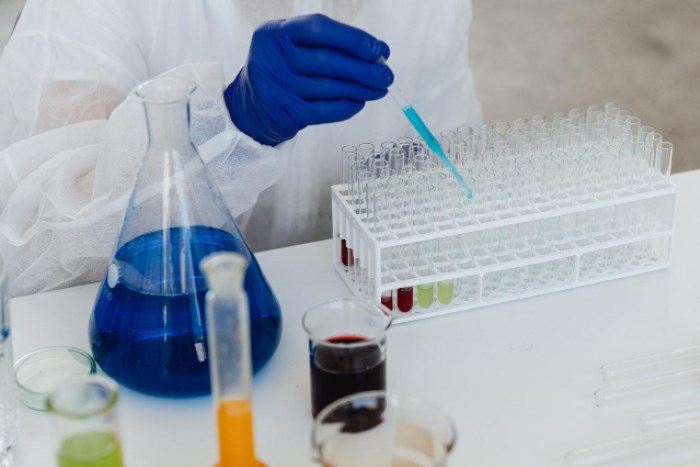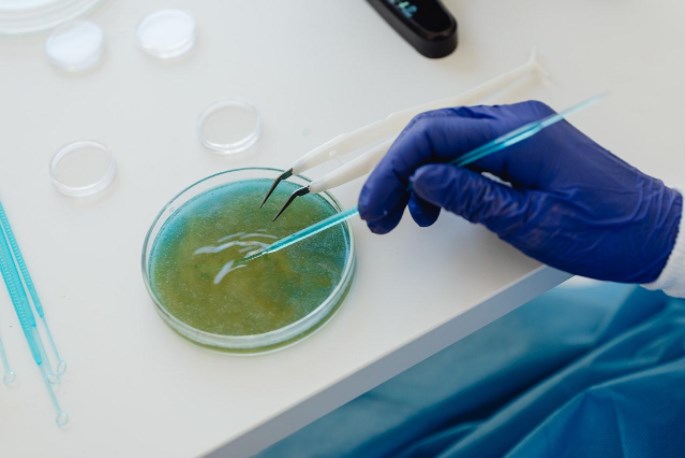Coli is the most often utilized protein production system for pharmaceutical target investigations. It has significant advantages since bacterial protein synthesis is inexpensive and can produce proteins quickly. Bioinformatic analysis is the first step in the comprehensive optimization process to create problematic proteins.
The biological and Physico-chemical characteristics of the target protein are, indeed, the first thing to bear in mind. This is attainable using internet bioinformatics resources or special tools. These tools make it simple to examine the entire sequence. A protein expression service can also forecast secondary and tertiary structures, domains and signal peptide localization, prospective disorder zones, stability, solubility, and hydrophobicity, among other things.
Select The Most Flexible Bacterial Strains
Several solutions with unique methods have been proposed in previous decades to improve the number and quality of proteins generated in E. Coli. Various instruments with many bacterial strains with specialized features for manufacturing poisonous or membrane proteins, proteins with uncommon codons, or proteins with disulfide bonds are available on the market.

Considering these, you can use the following tips for more stable protein expression in E. Coli.
Pick The Appropriate Expression Vector
Promoters, multiple replicons, selection markers, cloning sites, and fusion proteins are all included in the Expression vectors.
The variety of plasmids on the market is enormous. Consequently, selecting the best one for recombinant protein expression is a difficult task. Each promoter has its own set of properties, including:
- The T7 promoter, which is found in Novagen® pET vectors (pMB1 ori, medium copy number, Novagen), is a common choice for expressing recombinant.
- LacUV5, a derivative of the lac promoter, is a critical element of the lac operon. The pUC series is an example of commercial plasmids that employ the lac or tac promoters to induce protein production.
- The pL promoter is frequently used. The gene is controlled by a phage promoter that is regulated. The phage lambda’s potent leftward promoter (pL) prevents the production of early lytic genes.
- Since it has decreased background expression levels, the Ara promoter was chosen as a positive control.
Improve The Codons
The vast bulk of amino acids is transcribed by several codons, which implies that many tRNAs represent each amino acid. Specific redundant tRNAs coding for the same amino acids are substantially more numerous in a particular cell than others.
Codon optimization is the process of modifying the codons in a transgene without affecting the amino acid sequence it encodes. This usually enhances protein abundance by removing uncommon codons and replacing them with abundant codons found in the host organism. As is commonly known, optimizing codon use of the gene of interest in the heterologous expression systems of choice is a means to improve its translation rate by taking advantage of natural tRNA composition ratios.
Use Temperatures of Lower Expression
The use of bacterial culture at low temperatures to minimize protein aggregation is widely recognized and verified. It reduces the hydrophobic interactions that cause protein self-aggregation by slowing down protein production and folding kinetics.

Due to the weak activity of heat shock proteases, which are typically increased during protein overproduction in E. coli, low culture temperatures can also limit or impede protein breakdown. Temperature lowering can alter replication, translation rates, transcription, bacterial growth, and protein synthesis yields; hence, this technique has certain downsides. Nonetheless, these constraints can be overcome by using cold-inducible promoters, which increase protein synthesis at low temperatures.
Synthesize Media Specific Protein With Adapted Conditions
Improving recombinant protein expression is achievable during the culture medium composition.
Read Also: Everything You Should Know About Menopause Symptoms
The numerous experimental settings depicted in Figure 2 were carried out at tebu-headquarters bio’s in our R&D facilities (Le Perray-en-Yvelines, France). These optimizations aimed to find the optimum bacterial growth medium composition(s) and ideal conditions for protein production of viral protein X coupled with the MBP tag, with the primary goal of increasing protein X solubility. They were carried out on a 62 kDa MBP fused viral protein that is highly unstable with:
- Four i-sulfide bonds
- Particularly hydrophobic core
- Two predictive unfolded disorder zones
Bonus: Add Stabilizing Sequences

Several tags can help increase protein solubility, such as:
- Extremely solubilizing and stabilizing tags
You can add the fusion tag to the protein’s N- and C-terminal regions. Protein A (280 amino acids) and LacZ were the first tags (designed to improve the protein’s solubility) (1024 amino acids).
- Small peptides comprising single amino acids
Peptide sequences made up of only one type of amino acid can help to solve the problem of protein solubility in part. These combinations enhance the amino acids’ adhesion, aggregation, polymerization, and solubility capabilities.
Conclusion
Expression and purification of recombinant proteins for therapeutic development or in vitro investigations might be challenging. Furthermore, obtaining high quantities of active and pure recombinant proteins necessitates significant effort and financial commitment. Therefore, this post intends to provide you with step-by-step guidance for establishing optimal conditions for recombinant protein expression and synthesis of E. Coli and other unstable proteins of interest. With the tips outlined above, you should effectively optimize the synthesis and expression of several unstable proteins.








































